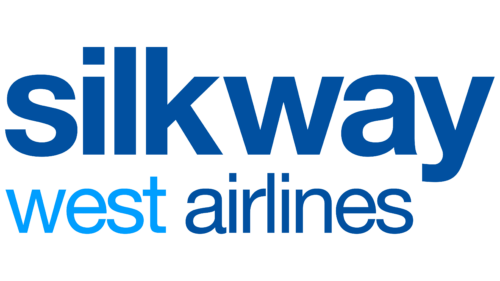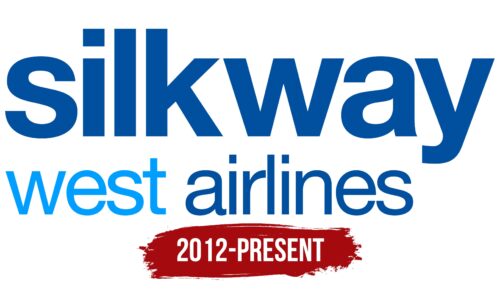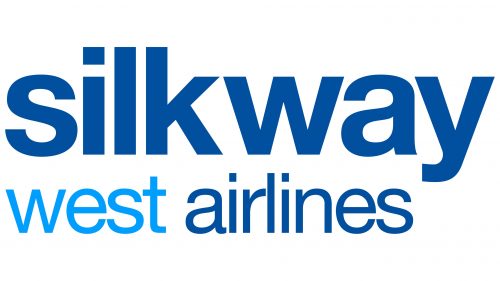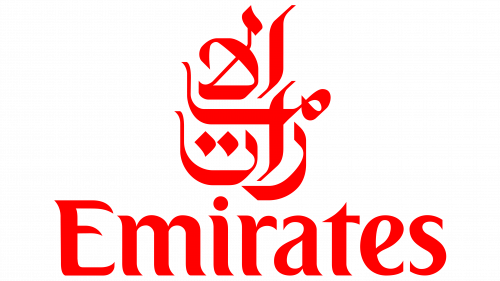 Silk Way West Airlines Logo PNG
Silk Way West Airlines Logo PNG
The Silk Way West Airlines logo twists like a thin ribbon of the historic route. The symbol underscores the company’s mission to revive forgotten routes. The simplicity of the emblem speaks to the accessibility of the carrier’s services.
Silk Way West Airlines: Brand overview
Azerbaijan-based cargo airline Silk Way West Airlines began its journey in 2012, originating as a subsidiary of Silk Way Group. The airline started its operations in May 2012 from Baku; its initial fleet consisted of three Boeing 747 freighters.
In the following years, Silk Way West added additional Boeing 747s and 767s to its fleet, allowing it to expand its European, Asian, and Middle Eastern operations. By 2015, Silk Way West’s fleet consisted of more than ten freighters, which allowed it to transport more than 350,000 tons of cargo annually and turn Baku into the most important cargo hub.
A major milestone came in 2016 when Silk Way West partnered with Boeing to purchase ten new 747-8 freighters, investing $1.6 billion. This strategic partnership paved the way for further growth. Silk Way West exclusively operates a Boeing fleet of 15 freighters, making it the leading cargo airline in Azerbaijan.
The airline proudly offers cargo services to more than 40 global destinations and aims to connect Europe and Asia with the shortest trans-Caspian route provided by its Baku hub. The airline’s annual cargo turnover exceeds 500,000 tons.
In just ten years, Silk Way West has rapidly developed into one of the leading cargo carriers in Eurasia and the CIS, taking advantage of Azerbaijan’s favorable geographical position.
Meaning and History
What is Silk Way West Airlines?
This Azerbaijani cargo airline based in Baku plays a key role in reviving the historical Silk Road in the air. The company operates a modern Boeing 747-8F and 747-400F cargo aircraft fleet, transporting freight between Asia, Europe, and America.
2012 – today
The Silk Way West Airlines logo contains nothing but the name of the company. The designers decided to refuse additional decorative elements in order to focus solely on the text. The name is divided into two lines: the upper line – “silkway,” and the lower line – “west airlines.” All letters are blue, but a darker shade is used for the first and third words and a lighter shade for the second. This color scheme was chosen to evoke associations with the sky. The font is very reminiscent of ParaType’s Pragmatica Book, where smooth curves are harmoniously combined with straight lines.
The use of different shades of blue color creates a layered effect, giving depth to the simple design. The straightforwardness of the logo focuses attention on the brand name, making it easily recognizable. The choice of font contributes to a balanced visual impression where elegance and clarity coexist.




